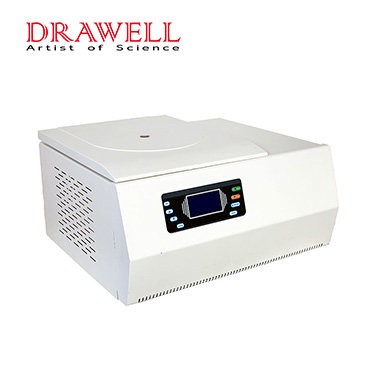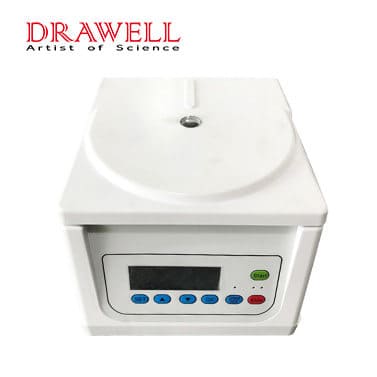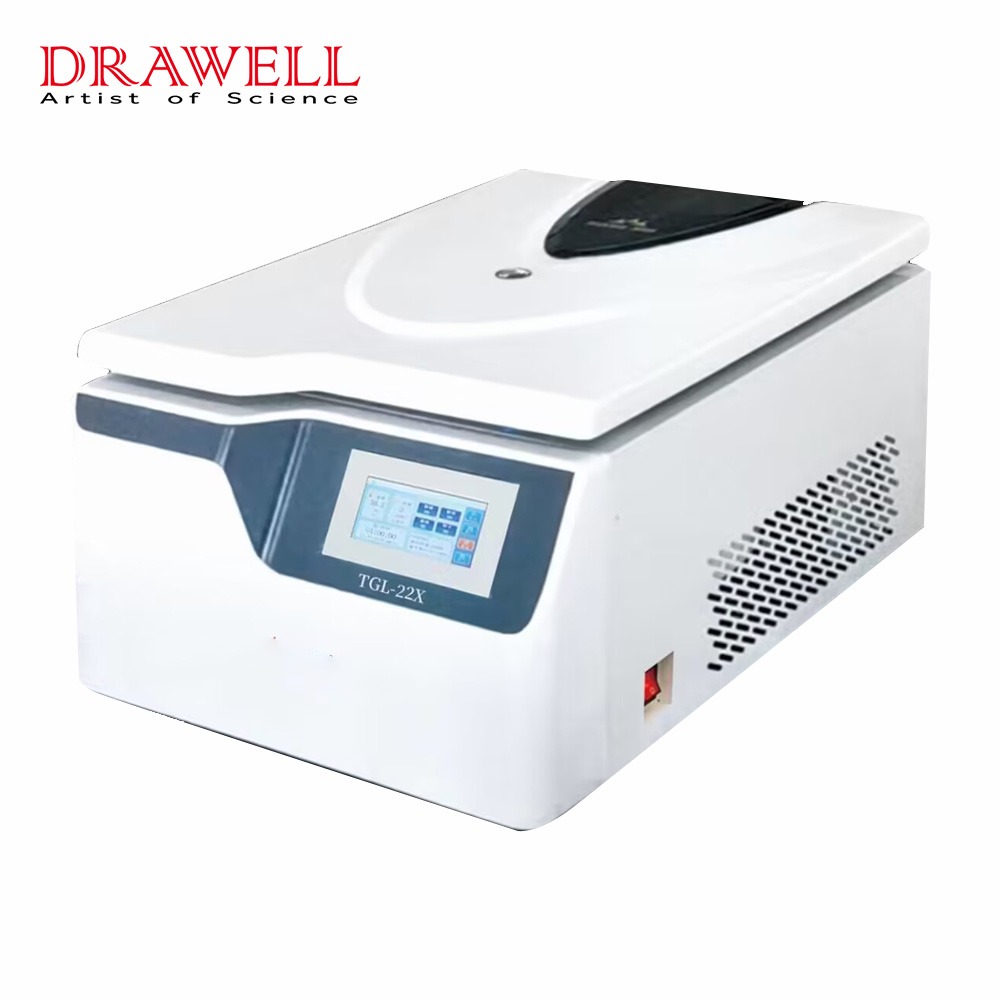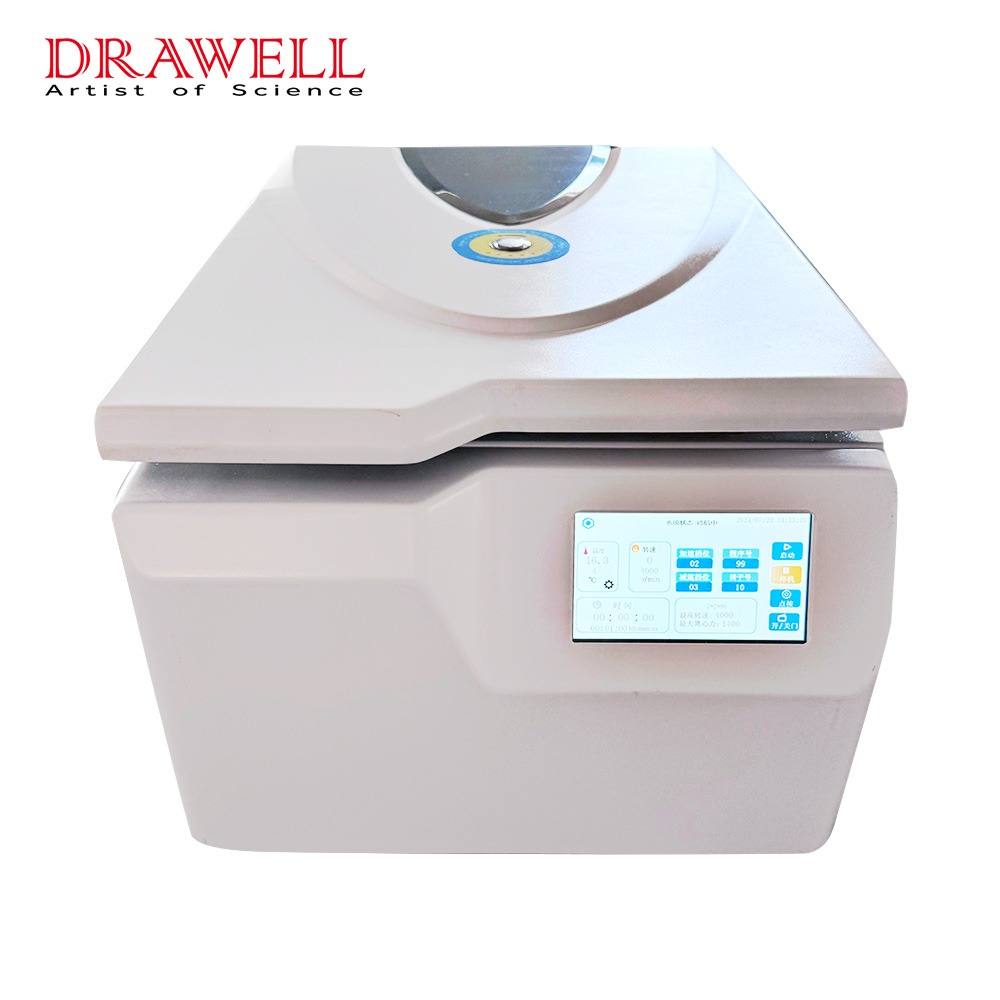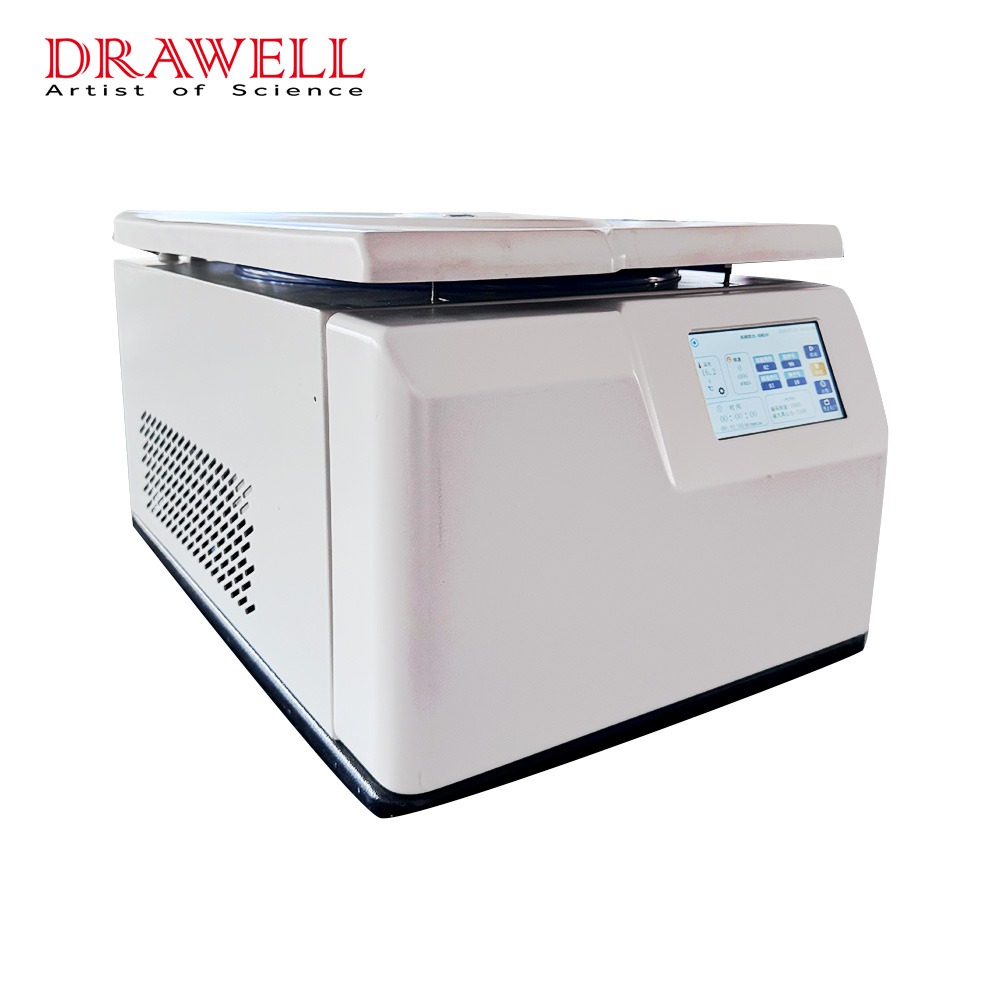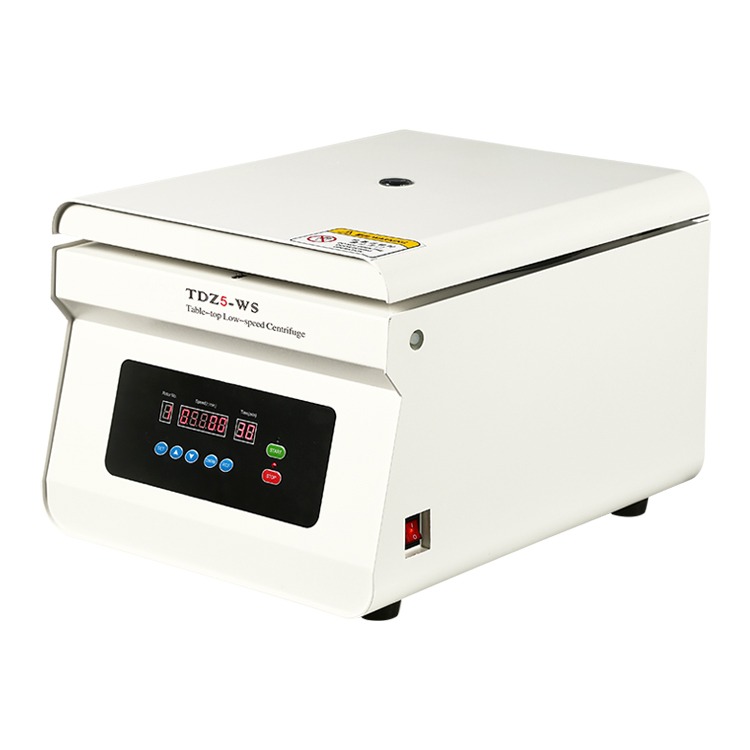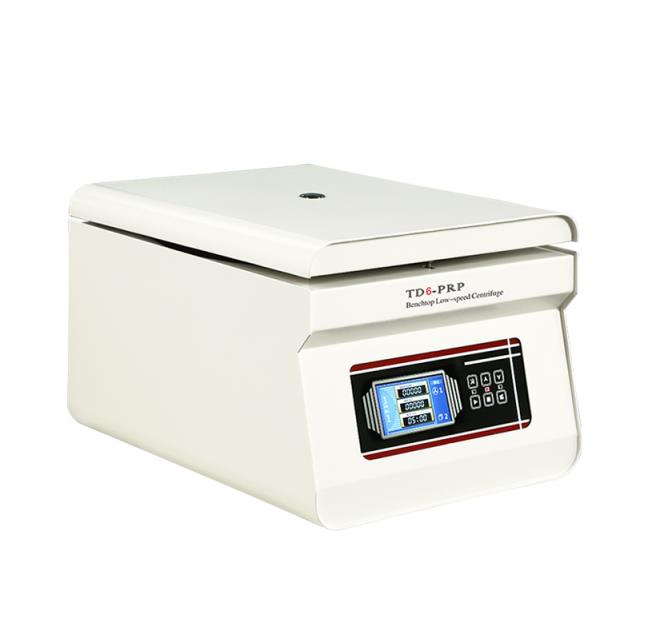Blood is a complex mixture of cells and fluid components. In many laboratory procedures, isolating specific components from blood is crucial for further analysis. This process of separating blood cells from plasma or serum is achieved through centrifugation. So it’s crucial for any clinical or research laboratory to choosing the right centrifuge for blood separation. This article will guide you the types of blood centrifuges available, key factors to consider when making a selection, and recommend you a reliable blood centrifuge supplier.
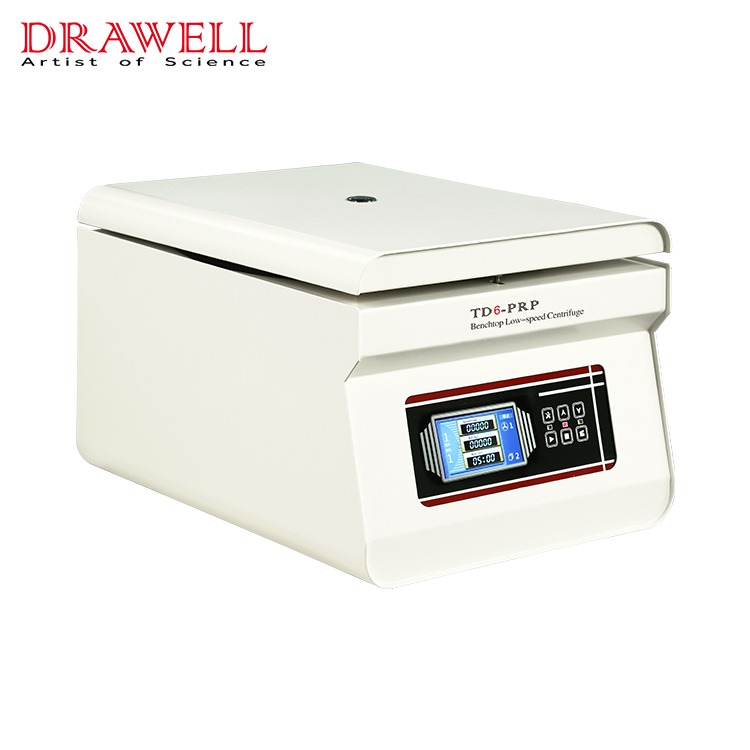
Why Need Blood Separation?
Blood separation is a critical process in both clinical diagnostics and research. It involves separating the various components of blood—plasma, red blood cells (RBCs), white blood cells (WBCs), and platelets—each of which has unique functions and applications. Proper separation allows for accurate analysis and testing of these components:
- Plasma: Used for various diagnostic tests, as well as in therapeutic treatments.
- RBCs: Essential for blood transfusions and studying various hematological conditions.
- WBCs: Critical for immunological studies and disease diagnostics.
- Platelets: Important for coagulation studies and therapies.
Accurate separation ensures reliable results, which is essential for patient care and scientific research.
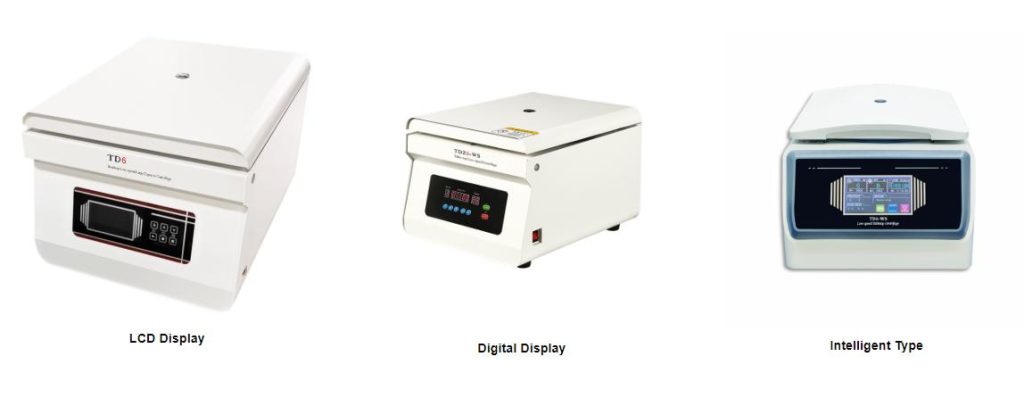
Types of Blood Centrifuges
When selecting a blood centrifuge for your lab, it’s essential to understand the different types available and their specific applications. Here are the main types of blood centrifuges:
| Type of Centrifuge | Description | Common Uses | Advantages | Limitations |
| Tabletop Centrifuges | Compact and versatile centrifuges for routine tasks | Smaller labs with limited space | Space-saving, easy to use, affordable | Limited capacity, lower speeds compared to larger models |
| Refrigerated Centrifuges | Centrifuges with cooling systems to maintain sample integrity | Labs with temperature-sensitive samples (e.g., plasma, proteins) | Temperature control, preserves sample quality | Higher cost, larger footprint |
| Ultracentrifuges | High-speed centrifuges for separating very small particles | Advanced research (e.g., molecular biology, biochemistry, nanotechnology) | Exceptional separation capabilities, high precision | Expensive, specialized maintenance, experienced operators needed |
| Hematocrit Centrifuges | Designed for determining the proportion of RBCs in blood | Hematology for diagnostic purposes (e.g., measuring hematocrit levels) | Precise, rapid RBC concentration determination | Limited to hematology applications |
| High-Capacity Centrifuges | Designed to handle large volumes of samples | High-throughput labs, blood banks | High sample throughput, efficient for large volumes | Larger size, higher cost, requires more space and infrastructure |
| Microcentrifuges | Small, high-speed centrifuges for processing small volumes | Molecular biology, genetics, small sample separations (e.g., DNA, RNA extraction) | Compact, quick processing times, easy to use | Limited to small sample volumes, not suitable for large-scale separations |
By understanding the different types of blood centrifuges and their specific applications, you can make an informed decision that best suits your lab’s needs and ensures accurate and efficient blood separation.
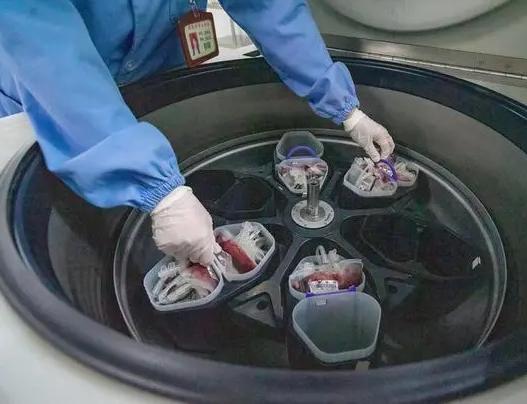
Key Factors to Consider When Choosing a Blood Centrifuge
Selecting the right centrifuge for blood separation in your lab requires careful consideration of several factors. Here’s a breakdown of the key factors to ensure you make an informed decision:
1. Speed and Relative Centrifugal Force (RCF):
Speed: Measured in revolutions per minute (RPM), it indicates how fast the rotor spins.
RCF: This is a more critical factor, representing the force exerted on the sample during centrifugation. It’s calculated based on the rotor radius and speed.
Why it matters: Different blood components have varying densities. To achieve optimal separation between red blood cells (RBCs), plasma, and other components, you need an RCF suitable for your specific application.
Here’s a general guideline:
High RCF (above 3,000 x g): Ideal for pelleting RBCs for procedures like complete blood count (CBC).
Medium RCF (1,000 – 3,000 x g): Suitable for isolating buffy coat (leukocytes) or isolating platelets.
Low RCF (less than 1,000 x g): Used for harvesting delicate components or performing slow spins for initial separations.
2. Rotors:
Compatibility: The centrifuge must be compatible with rotors designed for blood tubes.
Capacity: Choose a rotor with sufficient capacity to accommodate your typical sample volume. Consider the number of tubes you need to process per run.
Fixed-angle vs. Swing-out rotors:
Fixed-angle rotors: Offer higher RCF and are ideal for pelleting RBCs. However, they may not be suitable for isolating delicate components.
Swing-out rotors: Provide gentler centrifugation due to the horizontal tube orientation. They are better suited for isolating platelets or buffy coat.
3. Temperature control:
Some blood separation procedures require maintaining a specific temperature during centrifugation. This is crucial for preserving the integrity of certain blood components, especially for research applications.
Look for centrifuges with a refrigeration option that allows you to set and maintain the desired temperature range.
4. Noise level:
Centrifuges can generate noise during operation. Consider the noise output, especially if the centrifuge will be used in a quiet environment, like a clinical setting.
Look for models with lower noise levels to create a more comfortable working environment.
5. Safety features:
Prioritize safety features to protect users and prevent sample loss:
Automatic lid locking: Ensures the lid is secure before centrifugation begins.
Imbalance detection: Halts operation if the rotor becomes unbalanced due to uneven loading.
Emergency shutoff: Allows for immediate stoppage in case of any issues.
6. Ease of use:
A user-friendly interface with clear controls simplifies operation and reduces training time. Look for features like:
Intuitive control panel with easy-to-understand buttons and displays.
Pre-programmed settings for common blood separation protocols.
Programmable run times and speeds for customized operation.
7. Warranty and service:
A reliable warranty protects your investment. Consider the warranty length and coverage offered by the manufacturer.
Service availability: Ensure the manufacturer or supplier has readily available service technicians to address any maintenance or repair needs.
By carefully considering these key factors, you can choose the blood centrifuge that best meets your specific laboratory requirements and ensures efficient and safe blood separation for your research or clinical applications.
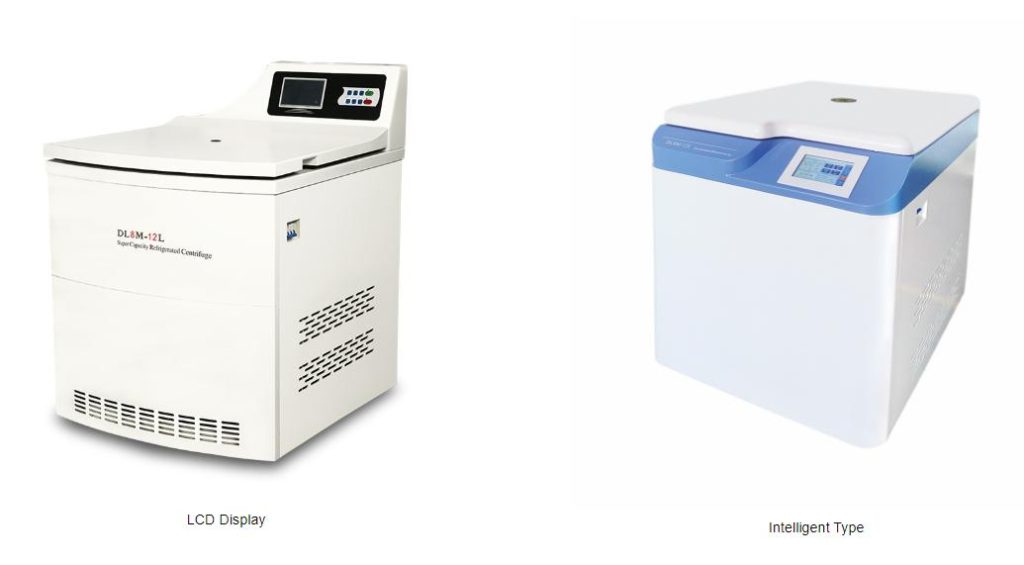
Get Blood Centrifuges from Drawell
Drawell is a reputable manufacturer of high-quality laboratory equipment, including a range of blood centrifuges. Here’ s why you should consider Drawell for your lab’ s centrifuge needs:
- Reliable Performance: Drawell centrifuges are known for their precision, efficiency, and durability, ensuring consistent and reliable results.
- Advanced Features: Equipped with the latest technology, Drawell centrifuges offer features like digital controls, programmable settings, and robust safety mechanisms to enhance lab productivity and safety.
- Wide Range of Options: Whether you need a compact tabletop model, a refrigerated centrifuge for temperature-sensitive samples, or an ultracentrifuge for advanced research, Drawell has a centrifuge to meet your needs.
- Excellent Support and Service: Drawell provides comprehensive customer support and warranty services, ensuring you have the assistance you need to keep your centrifuge running smoothly.
Choosing the right centrifuge for blood separation is a crucial decision that impacts the efficiency and accuracy of your lab’s operations. Drawell centrifuges offer reliable performance, advanced features, and excellent support, making them a worthy consideration for your lab’s centrifuge requirements.


